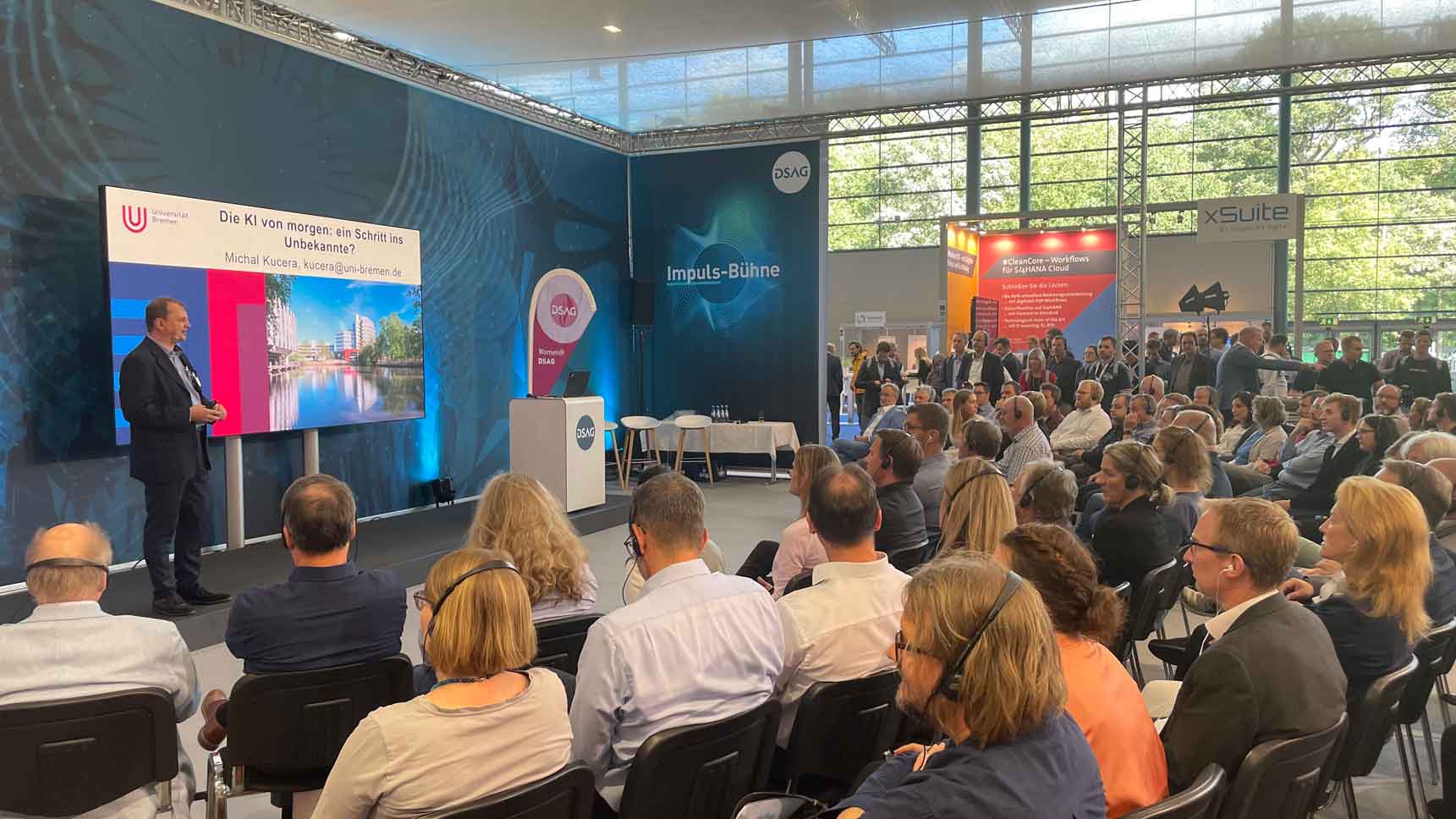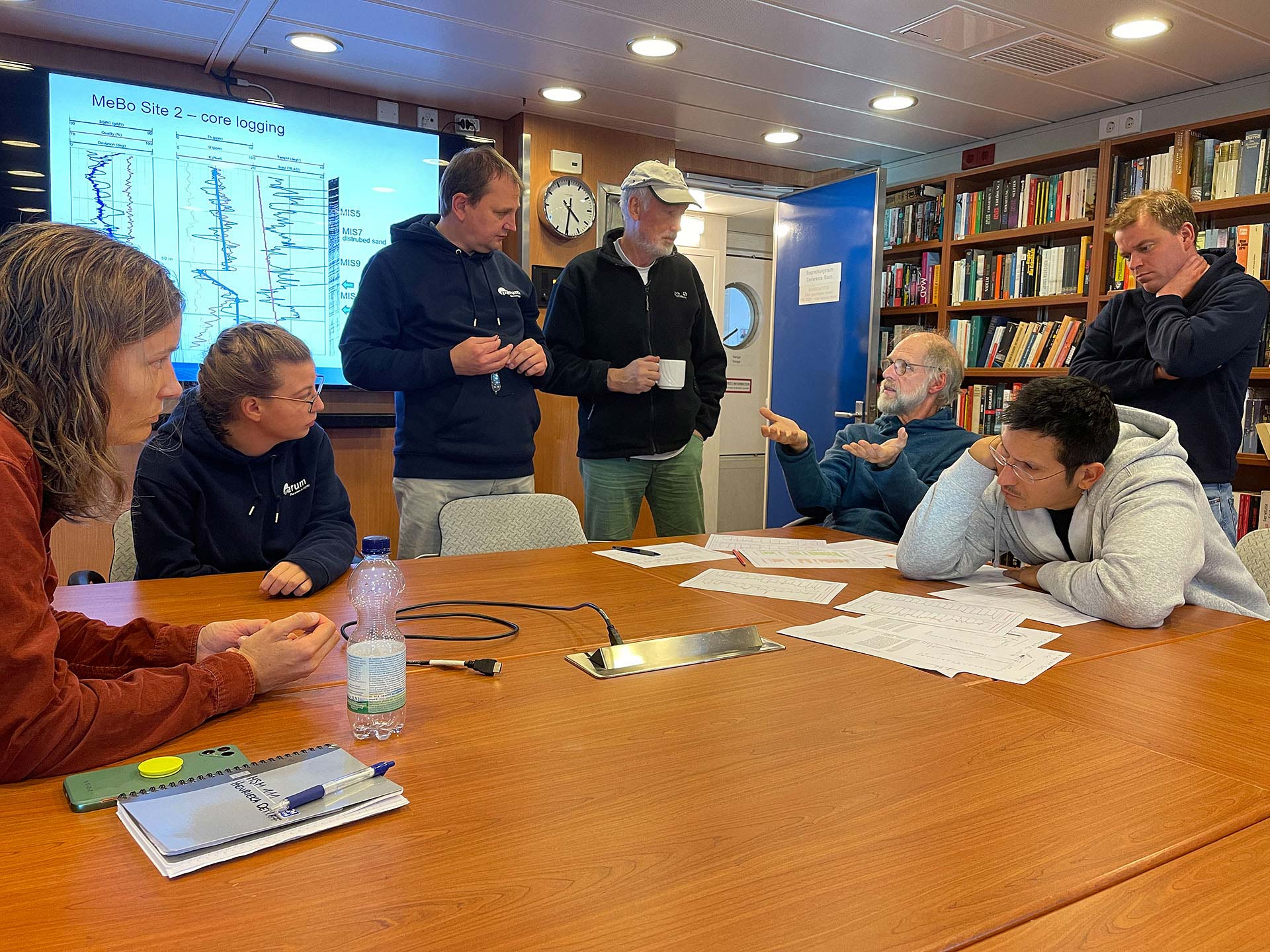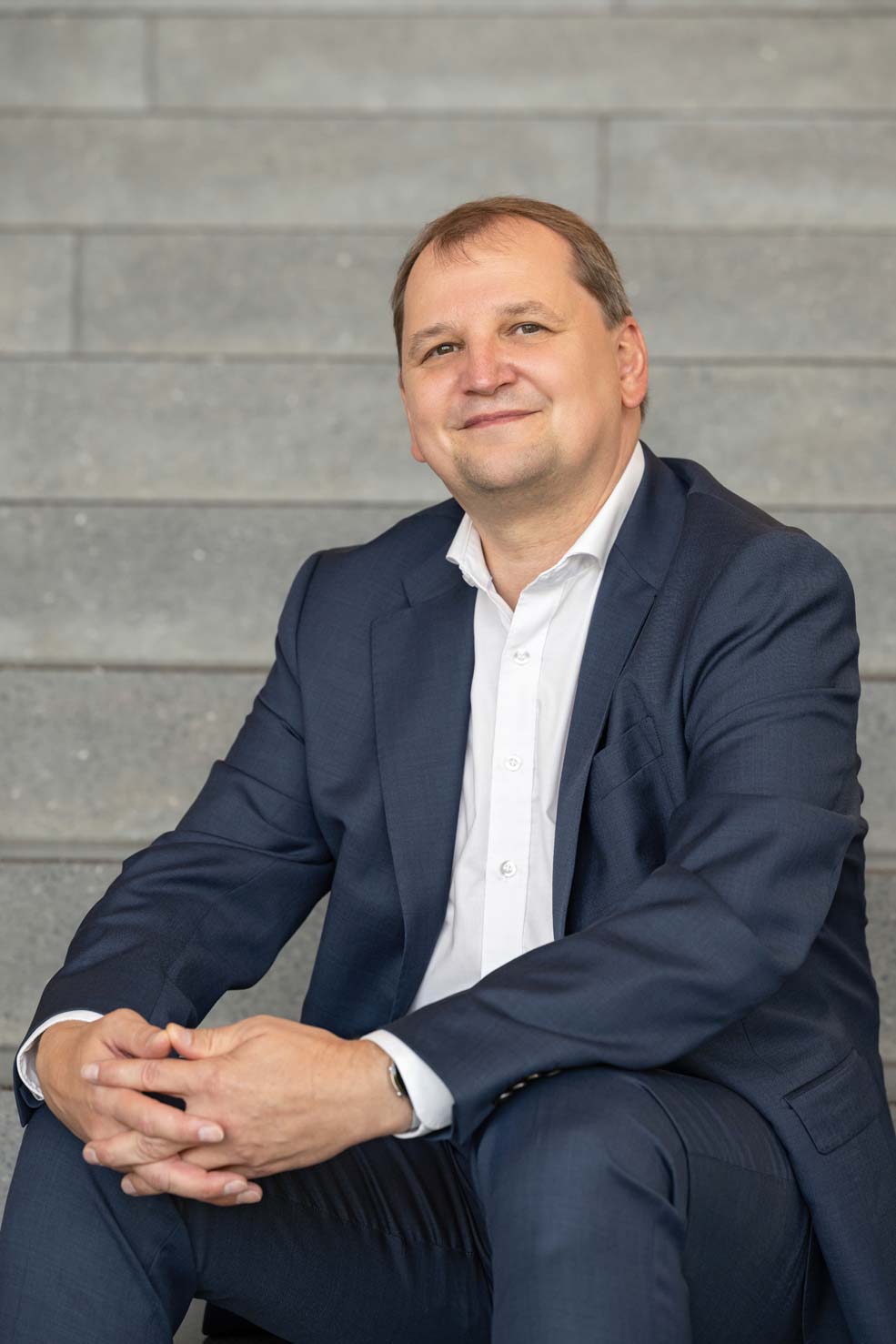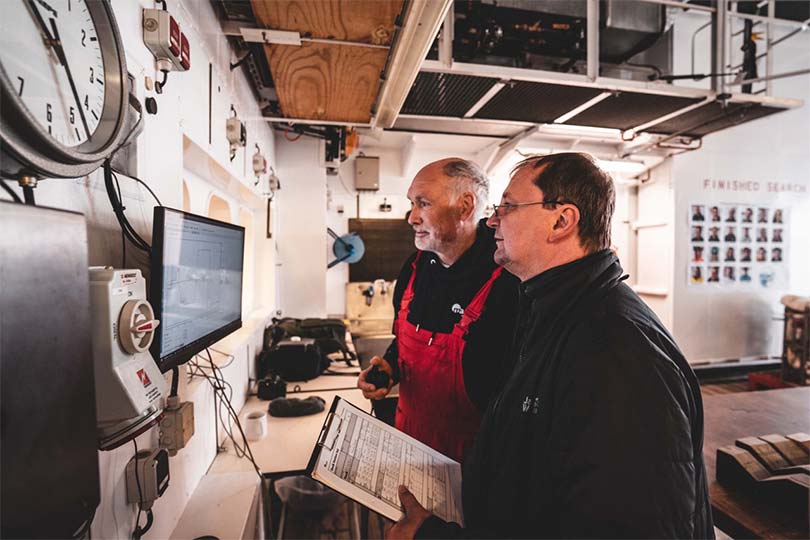“Welcome to a proud city of science”
Professor Kucera, you have taken on the role of Scientific Director for the GDNÄ Conference 2026 in Bremen. What attracted you to this role?
I am familiar with the GDNÄ from my time at the University of Tübingen. I still remember well the meeting organized by Christiane Nüsslein-Volhard, Nobel Prize winner in Medicine and then president of the GDNÄ. With its interdisciplinary lectures and student program, the conference was a model of modern science communication for me. All of this fits in very well with the science city of Bremen, where I have been working for thirteen years. So I was happy to accept when the current president of the GDNÄ asked me to take on the task.
How can we imagine your work as scientific director?
I prepare the stage for the GDNÄ on site and support it with my contacts in Bremen’s science, education, and cultural scene. This involves recruiting speakers, finding good venues for the accompanying program, and establishing contacts with schools and the city administration. I am happy to invest the time and energy required for this. For us, the GDNÄ meeting is a welcome opportunity to demonstrate the strengths of Bremen as a center of science.

© DHI Bremen
What are these strengths?
In 2005, the Stifterverband named Bremen the first German “City of Science.” This is testament to the rapid development that universities, institutes, and the entire scientific community in Bremen and Bremerhaven have undergone over the past 50 years. I myself have always been impressed by the high density of scientific institutions located around our campus in the technology park, which are closely networked with each other. The university is at the center, surrounded by high-tech companies and non-university institutes. Distances are short, and the cafeteria is often a common meeting place – which promotes cooperation. With our focus on marine research, artificial intelligence, and robotics, but also on the social sciences, we can compete internationally. In addition, Bremen is a great city that has a lot to offer. People here are proud to live in a city of science and enjoy attending lectures, exhibitions, and discussion events. The people of Bremen are aware of the importance and benefits of science for society.
This fits in with the motto of the 2026 meeting: Knowledge creates benefits – use science.
Yes, also with regard to the application of research, Bremen is a very suitable venue for the GDNÄ.
As Vice President for Research and Transfer at the University of Bremen, you are responsible for the application of research. How do you proceed?
It is important to me to support our researchers in their commitment to transfer and to clearly communicate our appreciation for them. I try to understand what promotes transfer and what hinders it. To this end, I hold many discussions and try to involve colleagues from across the entire spectrum of disciplines at the university. It is also important for us to maintain contact with local players in Bremen, from the cultural scene to business associations such as the Chamber of Commerce and the Industry Club. Close networking is the key to success for the location as a whole.
You have been in office for three years. What has happened in terms of transfer?
We have achieved a lot. One example is the Digital Hub INDUSTRY, where we work with small and medium-sized companies in the region to develop tailor-made digital solutions for the industry of tomorrow. Another example is the transfer center for sustainable materials, matena innovate! center, which was founded in December 2024. We were able to prevail in fierce competition and win the Hamburg-based Joachim Herz Foundation for the promotion of our location. Here, research teams from the university and our partner institutes develop new approaches from research to application maturity. The focus is on topics such as stationary energy storage for renewable energies, sustainable feed for aquaculture, and sensor materials for the hydrogen economy. We are benefiting from a change in the overall climate when it comes to transfer: its importance is increasingly recognized by society, and its image has improved significantly in recent years.

© Volker Diekamp, Universität Bremen
Expedition MSM 111 in Baffin Bay: In the conference room of the research vessel Maria S. Merian, scientists discuss the initial results of a deep-sea drilling project. Together, they attempt to understand the stratification of the ocean floor. “As it later turned out, our initial interpretations were completely wrong,” says Michal Kucera (center), who was the expedition leader at the time.
You are Czech, studied in Prague, earned your doctorate in Sweden, and your scientific career has taken you to the US, the UK, and several universities in Germany. How do you assess the German scientific scene in international comparison?
The freedom of research at German universities is fantastic. They do not have to finance themselves through tuition fees and are therefore less commercially oriented than universities in Anglo-Saxon countries. Teaching is more important there than in Germany, there are many tutorials for students, and the curriculum is more flexible than in Germany. While in Germany it is often a matter of complying with rules, for example with regard to teaching obligations, in the UK teaching is distributed flexibly among the teaching staff according to need. On the other hand, Germany’s great advantages are its excellent research funding and its globally unique research infrastructure. These make the country a major scientific power. I, for example, benefit greatly from access to excellent marine science equipment and state-of-the-art research vessels.
Do you still have time for your own research?
Yes, but unfortunately not as much as I used to. That’s why I’m not starting any new large-scale projects at the moment, but am concentrating on evaluating the results of past expeditions. For example, there are samples from a deep-sea drilling expedition that I led in Baffin Bay in 2022. We expect to gain new insights into the melting behavior of the Greenland ice cap in the past, which is important for our future in a warmer global climate. During this expedition, we also collected sediment cores in southern Greenland that contain valuable information about the climate over the last ten thousand years. They will help us understand why the Vikings left their settlements in Greenland in the 15th century after living there for four hundred years. Incidentally, the MSM 111 expedition with the research vessel Maria S. Merian took place as part of the University of Bremen’s Cluster of Excellence “The Ocean Floor – Earth’s Unexplored Interface,” the continuation of which was recently approved.
Let’s take another look at the GDNÄ conference in 2026: What can participants look forward to?
Fascinating lectures on current topics in the natural sciences and a great accompanying program. For example, a reception is planned at the Bremen Overseas Museum. The museum, with its collection of natural history, ethnology, and trade that is unique in Europe, will celebrate its 130th anniversary in 2026. Another highlight is a visit to Universum Bremen. The popular science center is located directly on the university campus and invites us to participate and experiment during an exclusive guided tour.

© Jan Rathke / Universität Bremen
Prof. Dr. Michal Kucera, Vice President of the University of Bremen and Managing Director of Science for the GDNÄ Conference 2026 in Bremen.
Michal Kucera studied geology in Prague and received his doctorate from the University of Gothenburg in Sweden. This was followed by stays in Santa Barbara, California, London, and Tübingen, before he moved to Bremen in 2012 to join the Department of Geosciences and MARUM – Center for Marine Environmental Sciences at the University of Bremen as Professor of Micropaleontology / Paleoceanography. In his research, Michal Kucera investigates the influence of climate change in the older and more recent past on the marine environment and its inhabitants. In addition to his role on the board of the Cluster of Excellence “The Ocean Floor – Earth’s Unexplored Interface,” he was spokesperson for the German-Canadian Research Training Group ArcTrain and a member of the Senate Commission for Earth System Research of the German Research Foundation.
Since September 2022, he has been Vice President for Research and Transfer at the University of Bremen. In 2025, he was elected president of the Wittheit zu Bremen, a traditional scientific society of the Free Hanseatic City of Bremen. And since 2024, Michal Kucera has been a member of the GDNÄ and managing director of science for the 134th meeting of the Natural Scientists’ Society in Bremen in 2026.

@ Raphael Morard
